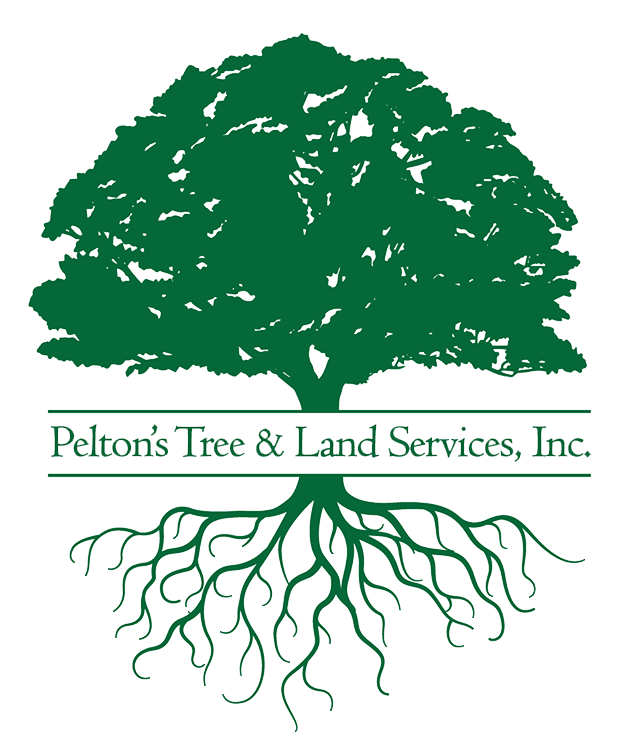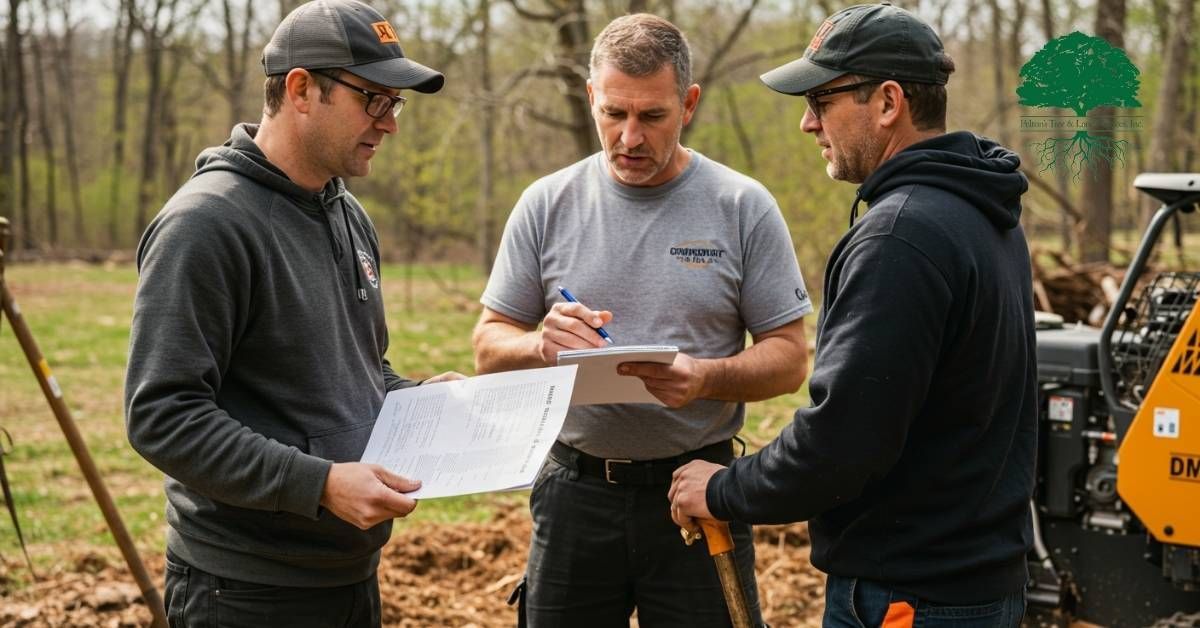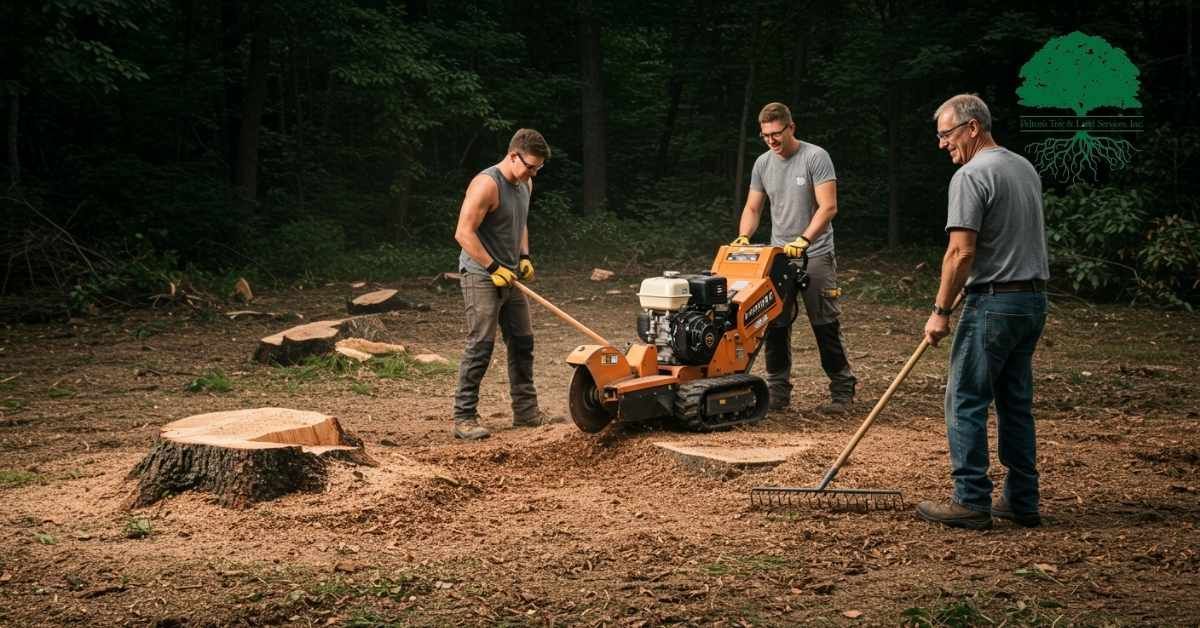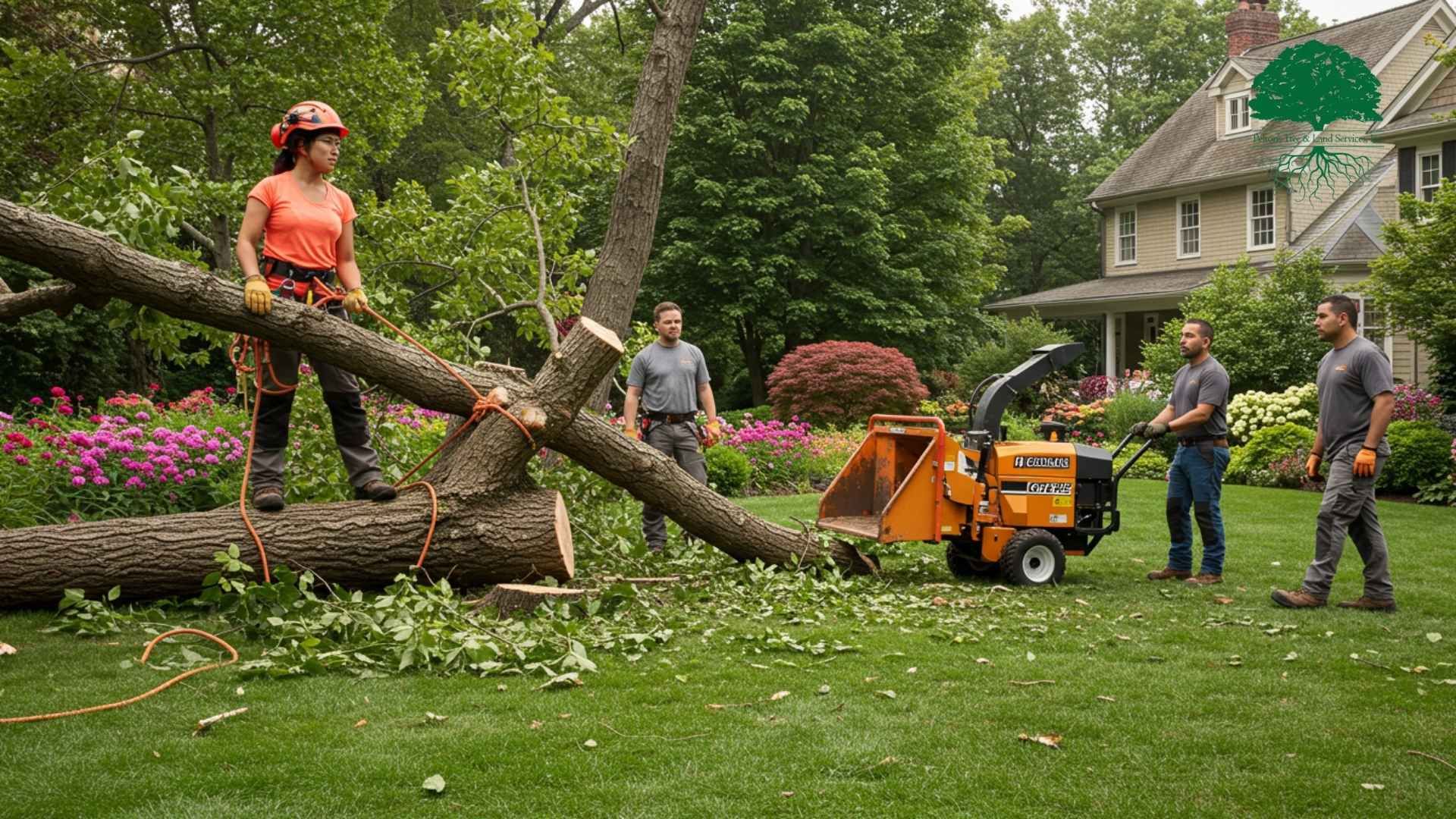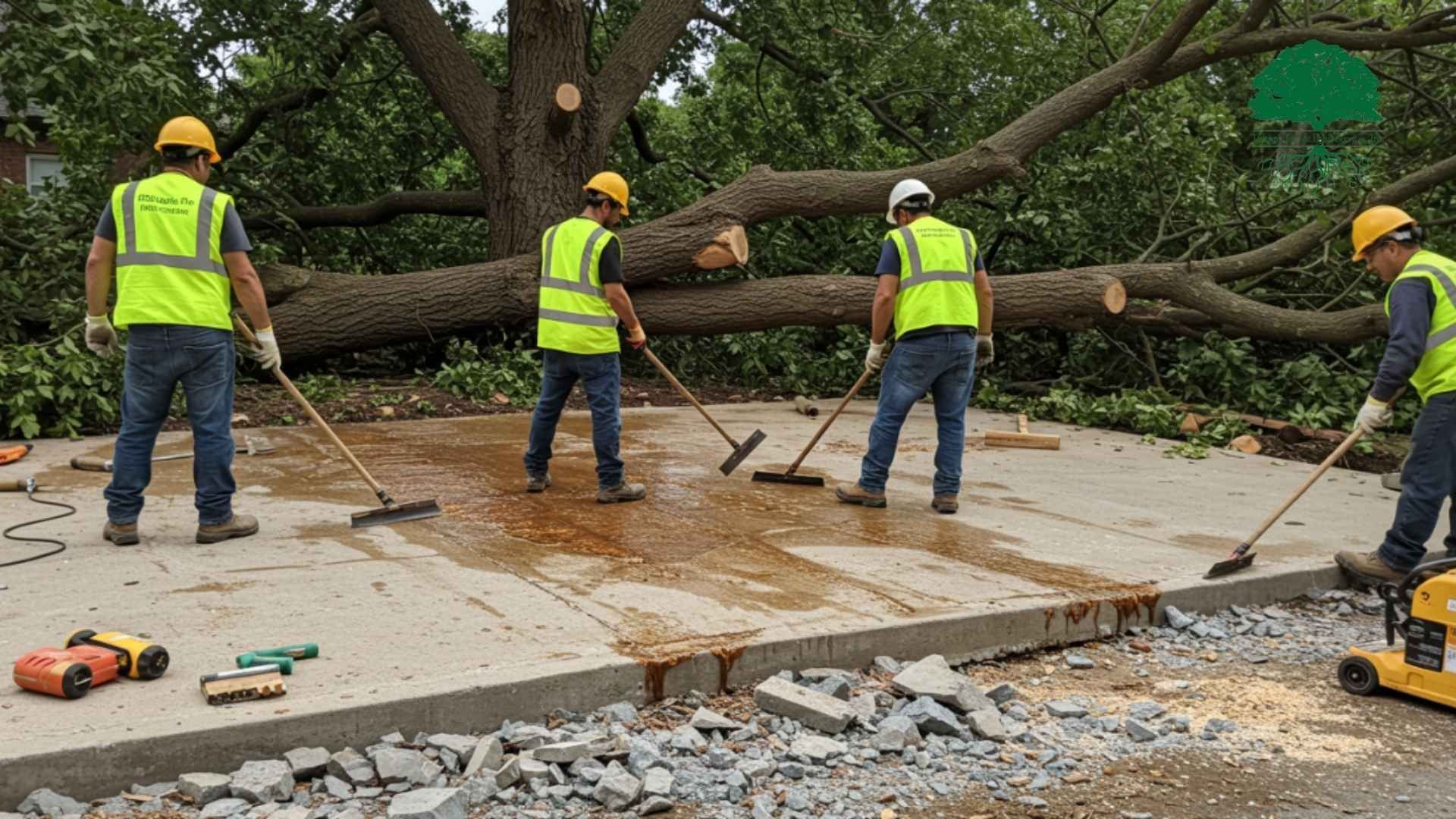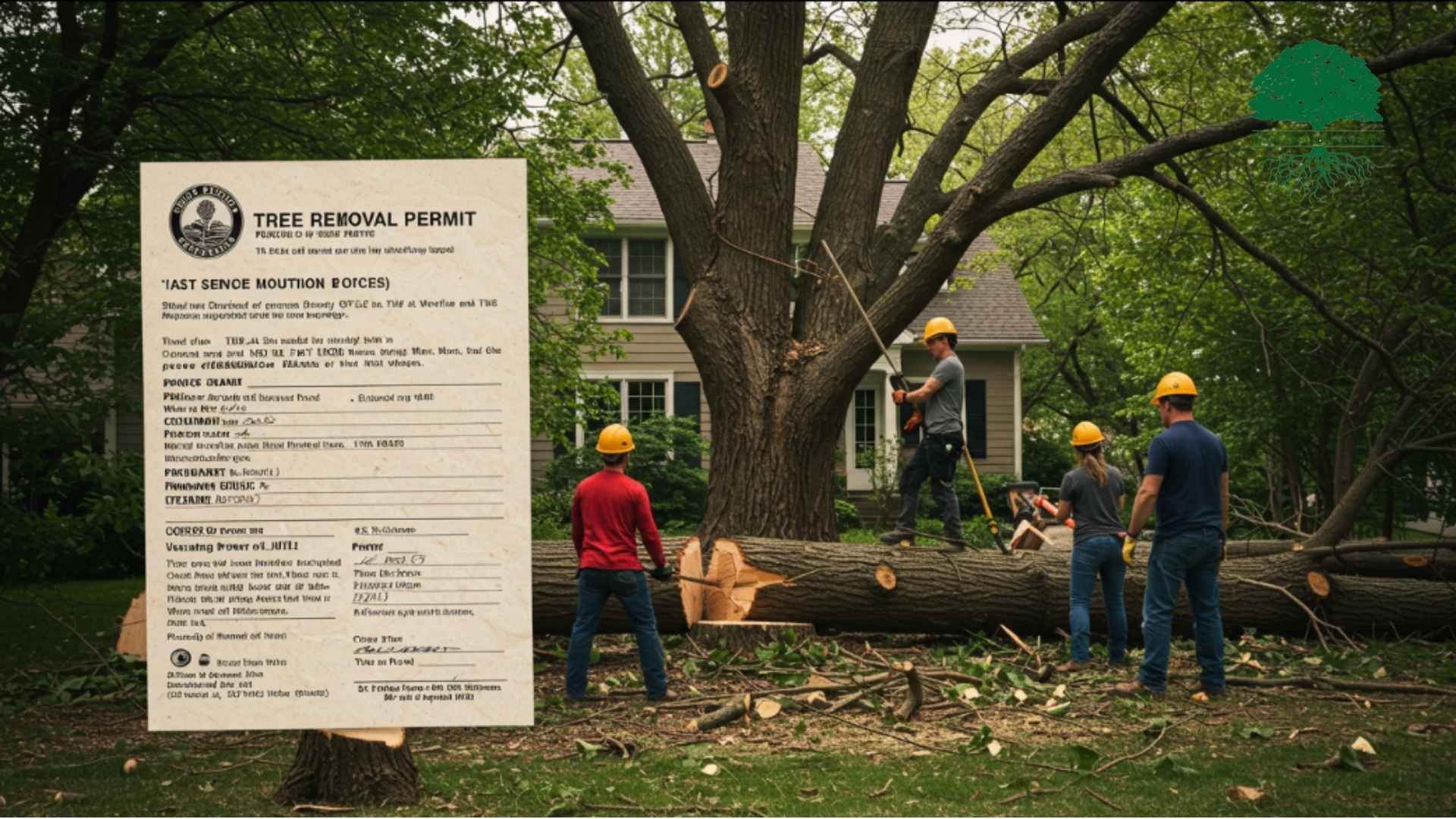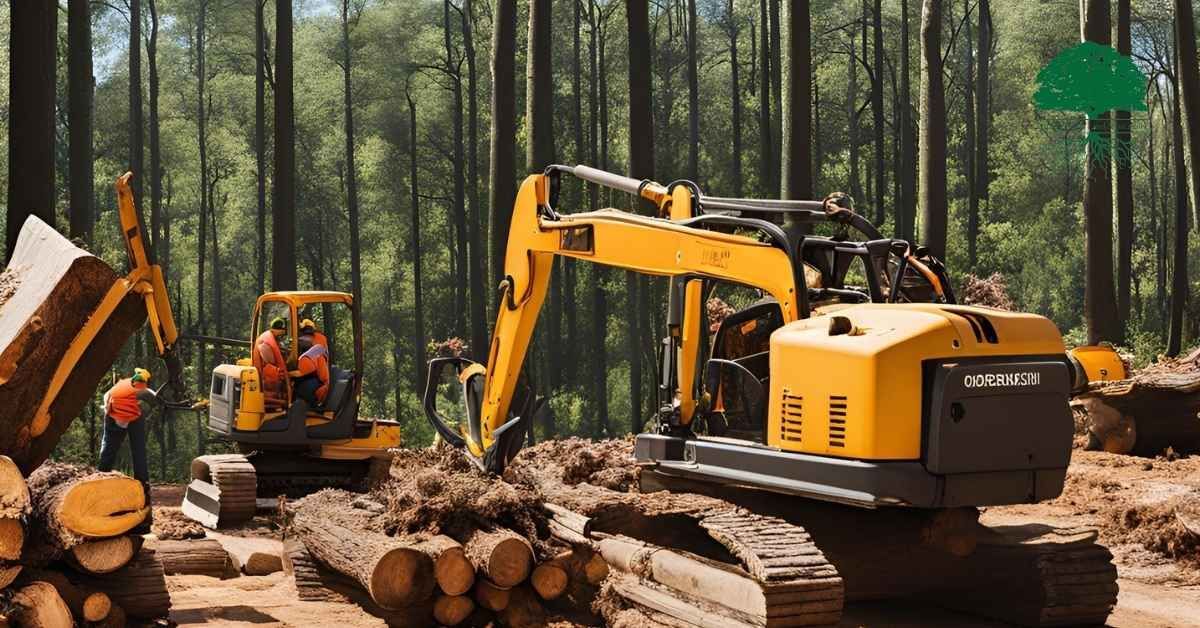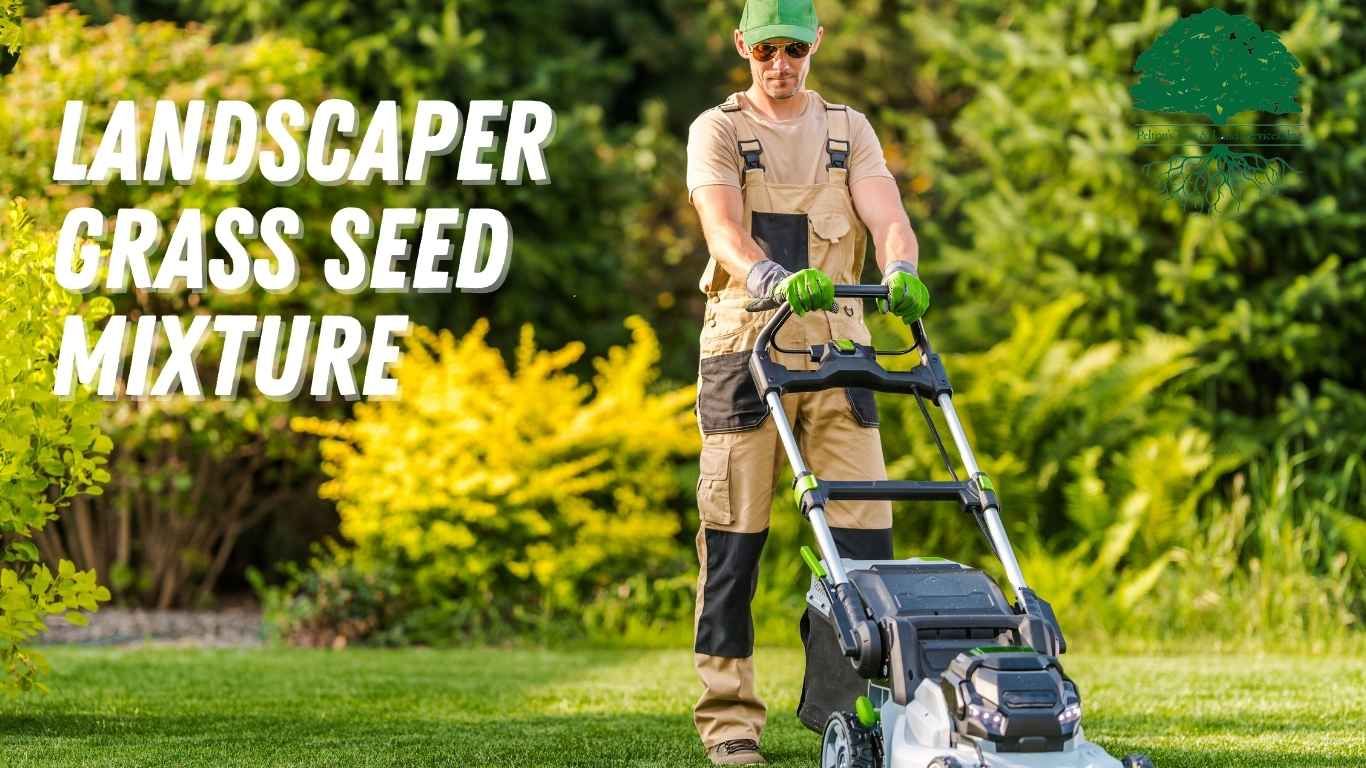How To Remove A Tree Stump With A Chainsaw
Dealing with a tree stump in your yard can be a challenging task, especially when you want to repurpose the space or enhance the overall appearance of your landscape. Stumps left behind after a tree is cut down can be unsightly, and they can pose safety risks or even attract pests. While there are several methods to remove a stump, using a chainsaw is one of the most effective and time-efficient ways to tackle this job. However, this method requires careful planning, proper technique, and strict adherence to safety guidelines. In this article, we will walk you through the detailed steps to safely and effectively remove a tree stump with a chainsaw, ensuring the process is as smooth and successful as possible.
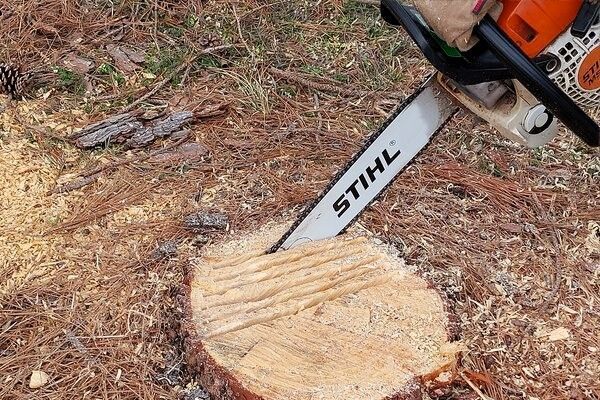
Why Remove a Tree Stump?
Before we delve into the process of removing a tree stump, it's important to understand why you might want to remove it in the first place. Tree stumps can be more than just an eyesore; they can also cause various problems in your yard. Firstly, they can be a tripping hazard, especially if they are concealed by grass or other vegetation. Secondly, stumps can attract pests such as termites, ants, and fungi, which could spread to other plants, trees, or even your home. Additionally, a decaying stump can take years to decompose naturally, during which time it can continue to cause problems. By removing the stump, you eliminate these risks, create a safer environment, and open up space for other uses, such as planting new trees, creating a garden, or installing outdoor features.
Tools and Materials Needed
To successfully remove a tree stump with a chainsaw, you’ll need to gather the right tools and materials. Here’s a comprehensive list of what you’ll need:
- Chainsaw: Make sure it is well-maintained, with the chain properly tensioned and lubricated. A chainsaw is a powerful tool, and using it correctly is essential to avoid accidents and ensure efficient stump removal.
- Safety Gear: Essential items include gloves, hearing protection, eye protection, steel-toed boots, a long-sleeved shirt, and pants. Safety should always be your top priority when using a chainsaw.
- Shovel and Garden Trowel: These tools are necessary for digging around the stump and exposing the roots, which will make the cutting process easier and more effective.
- Wheelbarrow: Useful for transporting the debris after the stump has been removed.
- Garden Shears or Machete: These will help you cut through smaller roots that may be difficult to reach with a chainsaw.
- Axe or Mattock: Essential for breaking up larger roots that the chainsaw may not be able to handle effectively.
Safety First: Preparing for the Job
When working with a chainsaw, safety is paramount. Ensure you are wearing the proper protective gear before starting the job. This includes hearing protection, eye protection, gloves, steel-toed boots, and long clothing to protect your arms and legs. Before starting the chainsaw, check that it is properly lubricated and that the chain is securely attached and sharp. If you notice any unusual sounds or vibrations, stop the chainsaw and address the issue before proceeding. It’s also important to clear the area around the stump of any obstacles that could interfere with your work, such as rocks, tools, or garden decorations.
Step-by-Step Guide to Removing a Tree Stump with a Chainsaw
Step 1: Dig Around the Stump
Start by using a shovel and garden trowel to dig around the tree stump. Your goal is to expose the roots as much as possible. The more roots you expose, the easier it will be to cut them with the chainsaw. Remove as much dirt as possible from around the stump and between the roots to ensure the chainsaw does not come into contact with the soil, which can dull the chain.
Step 2: Make Initial Cuts with the Chainsaw
With your protective gear on, fire up the chainsaw and make deep cuts into the stump in a criss-cross pattern. This will help break up the wood and make it easier to remove. Be careful not to apply too much pressure, as this could cause the chainsaw to jam or the chain to break. Take your time with this step to ensure the stump is thoroughly cut.
Step 3: Cut Through the Roots
After cutting the main body of the stump, use the chainsaw to cut through the roots. Depending on the size of the stump and its root system, this may take some time. Be cautious not to let the chainsaw hit the ground, as this can cause significant damage to the chain. For smaller roots, you can use garden shears or a machete to assist in cutting.
Step 4: Remove the Stump and Clean Up
Once the stump is sufficiently cut and the roots are severed, you can begin removing the pieces with a shovel and wheelbarrow. If the stump is still difficult to remove, you may need to make additional cuts or use an axe to break up larger roots. After removing the stump, fill the hole with soil and pack it down firmly. This will prevent any future sinking and make the area safe for walking or other uses.
Alternative Methods for Stump Removal
If using a chainsaw isn’t feasible or you’re looking for other options, here are some alternatives:
- Stump Grinding: Renting a stump grinder can be a faster and more efficient method for larger stumps. This machine grinds the stump below ground level, leaving you with wood chips that can be used as mulch.
- Chemical Stump Removal: Chemicals like potassium nitrate can be used to accelerate the decomposition of a stump. This method requires patience, as it can take several weeks to months for the stump to fully decompose.
- Burning: In areas where it’s legal, you can burn the stump. This method requires drilling holes into the stump, filling them with kerosene, and carefully lighting it. Always follow local regulations and safety precautions when using fire.
Conclusion
Removing a tree stump with a chainsaw is a practical and efficient way to reclaim your yard space, provided you follow the necessary safety precautions and steps outlined in this guide. Whether you choose to remove the stump yourself or hire a professional, understanding the process and having the right tools is key to a successful project. Once the stump is removed, you’ll be left with a clean slate, ready for whatever landscaping project you have in mind.
FAQs About Removing a Tree Stump with a Chainsaw
Q: Is it safe to remove a tree stump with a chainsaw?
A: Yes, it can be safe if you follow all safety guidelines, including wearing protective gear and ensuring your chainsaw is in good working condition. However, if you’re inexperienced with chainsaws, it may be best to hire a professional.
Q: How long does it take to remove a tree stump with a chainsaw?
A: The time it takes depends on the size of the stump and the root system. Smaller stumps can take a few hours, while larger stumps may take a full day or more.
Q: Can I use a regular chainsaw for stump removal?
A: Yes, a regular chainsaw can be used, but ensure that it’s properly maintained and that you take breaks to avoid overheating the tool. Using a chainsaw designed for heavy-duty work can also make the job easier.
Q: What should I do with the leftover wood and roots?
A: The leftover wood can be chipped into mulch, used as firewood, or disposed of according to local regulations. If you have a lot of wood, consider renting a wood chipper.
Q: What are the risks of using a chainsaw for stump removal?
A: Risks include injury from improper use, damage to the chainsaw if it hits rocks or soil, and the possibility of the stump not being fully removed, leading to regrowth or the need for additional removal methods.
Explore
Contact Information
2104 Graveline Road, Gautier, MS 39553
Call Us Today (228) 497-6107
Connect With Us
Copyright © 2024 Pelton's Tree and Land Services, Inc.
